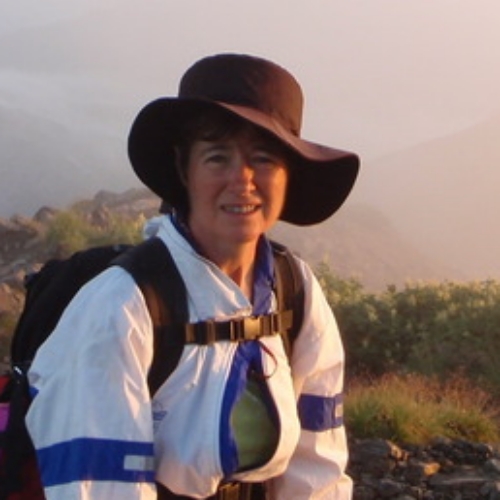Children with multiple chemical sensitivity (MCS) and electrical hypersensitivity (EHS, also called radiowave sickness), increasingly prevalent conditions in our polluted world, face debilitating symptoms in school environments where chemical and electromagnetic exposures can impede their ability to study.
Through survey research, Yasuko Kato reveals the situation these children face in Japan, a country distinguished by its emphasis on inclusivity and homogeneity (home schooling is rare, but stronger efforts are made to help disabled children participate). The difficulties these children face in Japan, however, are similar to those being reported in America1, Canada2 and the UK3. In each of these countries, media suppression leads to misunderstanding of the children's condition and delays remediation. Childhood and adolescence are hard enough without stigmatization on account of a health condition.
Ms. Kato publishes books and articles in Japanese and English on the difficulties faced by the growing number of people with environmental sensitivities. Through the Life-environment Network, which she directs, she lobbies for improvements.
Her article, "Children with EHS/MCS and environmental issues in Japanese schools," can be read here.
Incidentally, the average level of radiofrequency radiation globally is said to be about a quintillion times greater than in the environment in which humanity evolved. It is growing rapidly, too, with the addition of smart meters and now 5G. Thus EHS, already said to affect between 4 and 8 percent of the population in countries studied, is set to become a much bigger issue. There are also concerns about the long-term effects of all this man-made radiation on the seemingly unaffected.
1Parents for Safe Technology, WIFI-Free Schools
2Kim Goldberg, Refugium, who reports that Wi-Fi is being removed from schools in many countries.
3Daily Mail, Nov. 30, 2015, Schoolgirl, 15, found hanged after 'developing an allergic reaction to the WiFi at her school'





